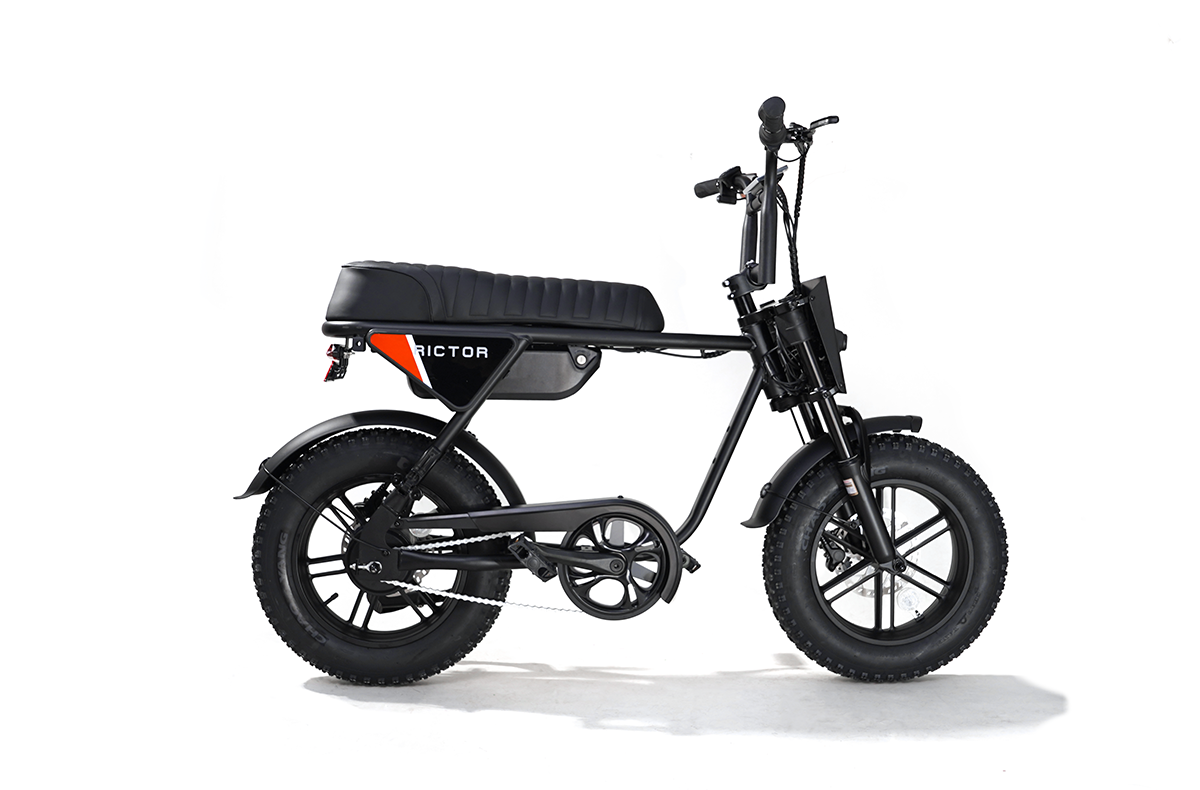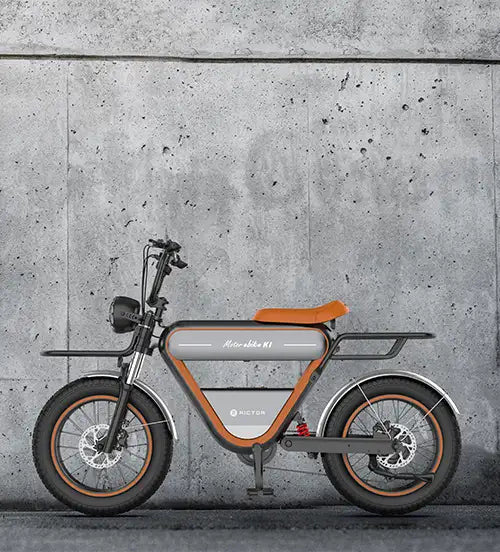
How Long Do Electric Bike Batteries Last?
Imagine riding your electric bike on a beautiful sunny day, only to be stopped by a dead battery far from home.
It’s not an experience any rider want.
How long does an electric bicycle battery actually last?
The longevity of your electric bike battery depends on several factors—some of which you can control.
Different Types of E-Bike Batteries
Not all ebike batteries are created equal, and the type of battery you choose can significantly affect how long it lasts.
Lithium-ion batteries are the most common type in modern e-bikes, and for good reason—they offer a high energy density, which means they can store a lot of power without being bulky.
These batteries also tend to have a longer lifespan compared to older technologies like lead-acid batteries.
While lithium-ion batteries may be more expensive upfront, their extended life and superior performance often make them a more cost-effective option in the long run.
Within the category of lithium-ion batteries, there are various chemistries that can further influence performance and longevity.
Lithium Nickel Manganese Cobalt Oxide (NMC) batteries are known for their high energy density and long lifespan, making them a popular choice for e-bikes. Other chemistries, such as Lithium Iron Phosphate (LiFePO4), offer excellent safety and stability but may not provide the same energy capacity.
Rictor eBikes are equipped with high-quality lithium-ion batteries that deliver exceptional range, long-term reliability, and superior performance. Check Rictor Now!

Factors That Affect the Lifespan of an Electric Bike Battery
When it comes to the lifespan of your elctric bike battery, several elements are at play.
Charging cycles are a key factor—each battery is designed to handle between 500 to 1,000 charge cycles, which translates to several years of use.
However, how you ride can either prolong or shorten that lifespan.
If you’re constantly pushing your electric bicycle to its limits by riding at top speeds or tackling steep hills, the battery will drain faster and wear out sooner.
Think of it like running a car engine hard in every gear; it wears down the components faster.
Riders who use eco modes and pedal-assist functions instead of full-throttle electric power often see their batteries last much longer.
Temperature is another factor that significantly impacts battery longevity.
Extreme heat can cause a battery to degrade faster, reducing its overall capacity.
Cold weather doesn’t permanently damage the battery, but it can lead to temporary performance drops, making the bike feel sluggish.
Storing your battery in a cool, dry place when not in use can help mitigate these temperature effects, much like keeping delicate electronics away from harsh conditions prolongs their life.
Your battery’s lifespan is a dance between how you ride and the environment you ride in.
SEE ALSO What Are You Doing with Your Ebike When the Battery is Dead?

Charge Cycles of E-Bike Batteries
Every battery has a finite number of charge cycles—the number of times it can be fully charged before it starts to lose capacity.
For most ebike batteries, this number hovers between 500 and 1,000 cycles, but it’s important to understand that a full charge cycle doesn’t necessarily mean charging from zero to 100%.
For instance, if you use 50% of the battery today and recharge it, then use 50% tomorrow, that counts as one full cycle.
It’s similar to how your smartphone battery works; partial charges over time add up to complete cycles.
Over time, however, even the best batteries will begin to hold less charge, reducing the overall range of your bike.
Battery capacity also plays a role in how long your battery lasts on a ride and over its lifetime.
Higher capacity batteries store more energy, giving you a longer range between charges, but they also tend to be more expensive and may take longer to recharge.
If your bike is equipped with a smaller battery, you might find yourself charging more often, which means you’ll hit that charge cycle limit sooner.

How to Extend the Life of Your E-Bike Battery
Start by avoiding the two extremes: overcharging and completely draining the battery.
Keeping the battery’s charge level between 20% and 80% can help reduce wear and tear on the battery's internal components.
Additionally, avoid leaving your battery plugged in overnight or for extended periods, as it can lead to overheating and reduce overall capacity.
Just like you wouldn’t leave your phone charging 24/7, your bike battery needs the same care.
Another tip for extending battery life is to be mindful of how and where you ride.
If you can, avoid constant high-speed rides or uphill treks that put extra stress on the battery.
Using the pedal-assist mode instead of relying solely on the electric motor can significantly cut down on battery use, making it last longer between charges and over time.
Regular maintenance, such as cleaning the battery contacts and ensuring it’s properly secured during rides, can also prevent unnecessary wear.
These small actions, when done consistently, can make a big difference in the overall lifespan of your electric bike battery.

Battery Replacement and Maintenance
All batteries eventually reach the end of their life, but how do you know when it’s time to replace yours?
Some obvious signs include a shortened range—if you used to get 40 miles per charge and now only get 20, that’s a clear indicator that your battery is aging.
Another clue is increased charging time. If your battery takes longer to charge than usual, it might be a sign that it’s losing its ability to hold a charge.
Physical damage like cracks, dents, or excessive heat during charging are red flags that shouldn’t be ignored.
Safety comes first, so if your battery shows any of these signs, it’s time for a replacement.
The good news is that replacing electric bicycle battery can breathe new life into your ride.
Many electric bikes are designed with easily replaceable batteries, allowing you to simply swap out the old for the new.
However, it’s crucial to ensure you’re buying the correct battery for your bike. Using a battery that isn’t compatible could lead to reduced performance or even damage your electric bikes’ electrical system.
When done correctly, replacing a battery is like giving your bike a fresh start, allowing you to continue enjoying your rides for years to come.
FAQs
How long does it take to fully charge an e-bike battery?
Depending on the battery’s capacity and the charger’s output, it typically takes 3 to 6 hours to fully charge an e-bike battery. Faster chargers may reduce this time, but it's important to use a charger that is compatible with your battery to avoid damage.
Can I use a solar charger to charge my e-bike battery?
Yes, it’s possible to use a solar charger, but it must be compatible with your e-bike's battery and have enough output to provide an effective charge. Solar charging can take significantly longer than traditional charging, depending on the weather and the efficiency of the solar panel.
What should I do if my e-bike battery gets physically damaged?
If your battery shows signs of physical damage, such as dents, cracks, or swelling, it’s important to stop using it immediately. Damaged batteries can be dangerous and may pose a fire risk. Contact your e-bike manufacturer or a professional to assess whether it needs to be replaced.




